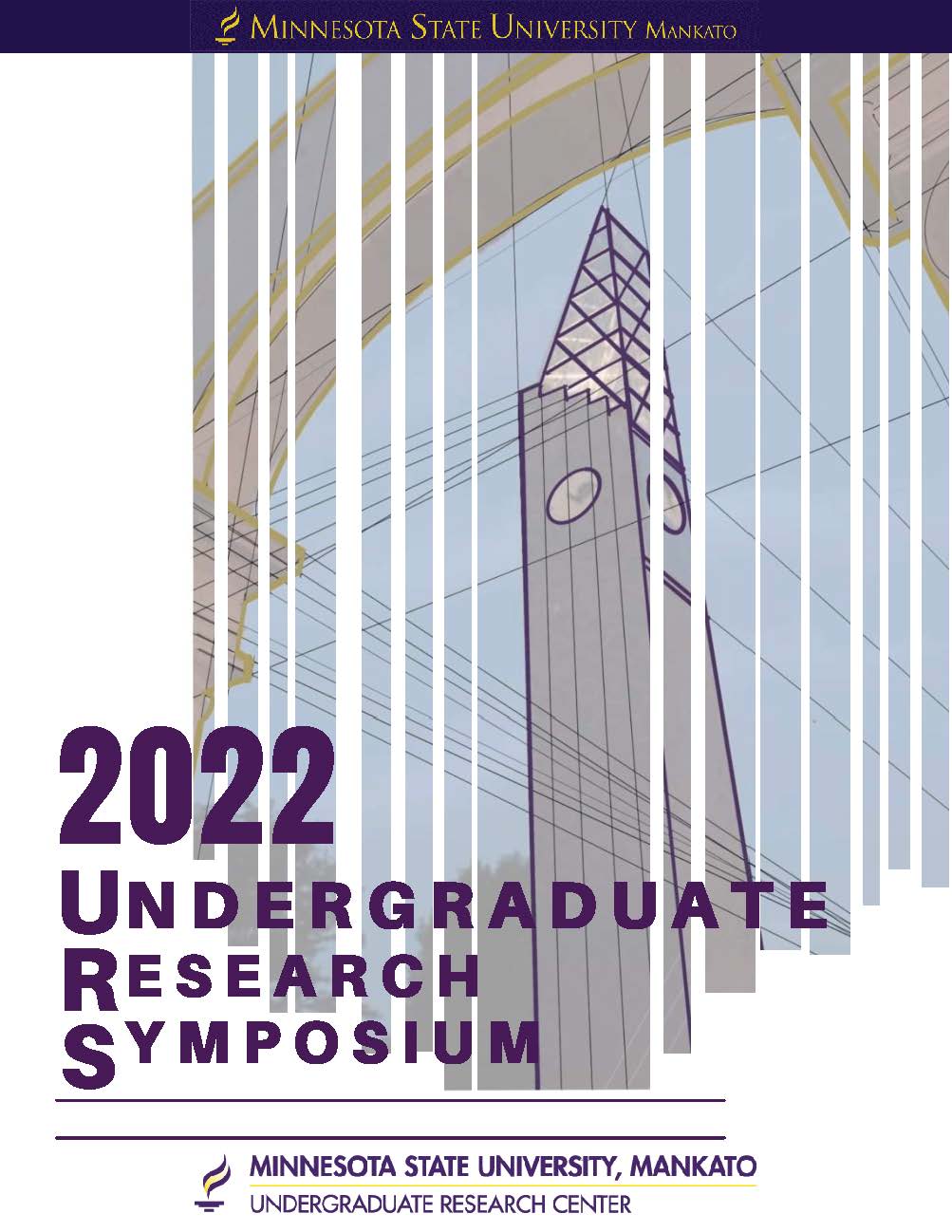Calmodulinopathies and Oxidation Effects on Calmodulin Structure and Function
Location
CSU Ballroom
Start Date
12-4-2022 2:00 PM
End Date
12-4-2022 3:30 PM
Student's Major
Biochemistry, Chemistry and Geology
Student's College
Science, Engineering and Technology
Mentor's Name
Rebecca Moen
Mentor's Department
Biochemistry, Chemistry and Geology
Mentor's College
Science, Engineering and Technology
Description
In living systems, calmodulin works as a mediator of calcium ion (Ca2+) activities. Calmodulin (CaM) is a Ca2+ binding protein that interacts with many other proteins and serves as a the major intracellular Ca2+ receptor in eukaryotic species. In cardiac muscle, CaM mediates Ca2+ by interacting with a variety of transport proteins including the ryanodine receptor (RyR2) and the sarcoplasmic reticulum calcium ATPase (SERCA) which are both involved in calcium transport and excitation/contraction coupling in the heart. CaM contains an unusually high percentage of methionine (Met) amino acid residues within its primary sequence. The hydrophobic side chains of Met residues allows for CaM to interact with many of its binding partners. Met oxidation to methionine sulfoxide (MetO) or methionine sulfone has been shown to alter CaM’s ability to bind and regulate its target proteins. In addition to oxidation of Met in the primary amino acid sequence of CaM, various point mutations have been discovered that lead to calmodulinopathies: a set of CaM protein related diseases causing severe cardiac pathologies. With the majority of cases, arrhythmogenesis in CaM mutations is caused by either delayed repolarization (as in long-QT syndrome, LQTS phenotype) or instability of the intracellular Ca2+ including catecholaminergic polymorphic ventricular tachycardia (CPVT). Each of these disease states can lead to cardiac arrythmias and sudden cardiac death. This research will focus specifically on two calmodulinopathy disease mutants: N98S and D129G. Our aim is to investigate the compounding effects of these disease mutations and oxidation on various aspects of CaM structure and function that may be relevant to a mechanistic interpretation of CaM mutation phenotypes, specifically for cardiac conditions. Structurally, CaM will be assessed to determine changes in protein folding and stability. Functionally, the ability of CaM to bind calcium as well as its ability to bind the cardiac ryanodine receptor (RyR2) will be evaluated.
Calmodulinopathies and Oxidation Effects on Calmodulin Structure and Function
CSU Ballroom
In living systems, calmodulin works as a mediator of calcium ion (Ca2+) activities. Calmodulin (CaM) is a Ca2+ binding protein that interacts with many other proteins and serves as a the major intracellular Ca2+ receptor in eukaryotic species. In cardiac muscle, CaM mediates Ca2+ by interacting with a variety of transport proteins including the ryanodine receptor (RyR2) and the sarcoplasmic reticulum calcium ATPase (SERCA) which are both involved in calcium transport and excitation/contraction coupling in the heart. CaM contains an unusually high percentage of methionine (Met) amino acid residues within its primary sequence. The hydrophobic side chains of Met residues allows for CaM to interact with many of its binding partners. Met oxidation to methionine sulfoxide (MetO) or methionine sulfone has been shown to alter CaM’s ability to bind and regulate its target proteins. In addition to oxidation of Met in the primary amino acid sequence of CaM, various point mutations have been discovered that lead to calmodulinopathies: a set of CaM protein related diseases causing severe cardiac pathologies. With the majority of cases, arrhythmogenesis in CaM mutations is caused by either delayed repolarization (as in long-QT syndrome, LQTS phenotype) or instability of the intracellular Ca2+ including catecholaminergic polymorphic ventricular tachycardia (CPVT). Each of these disease states can lead to cardiac arrythmias and sudden cardiac death. This research will focus specifically on two calmodulinopathy disease mutants: N98S and D129G. Our aim is to investigate the compounding effects of these disease mutations and oxidation on various aspects of CaM structure and function that may be relevant to a mechanistic interpretation of CaM mutation phenotypes, specifically for cardiac conditions. Structurally, CaM will be assessed to determine changes in protein folding and stability. Functionally, the ability of CaM to bind calcium as well as its ability to bind the cardiac ryanodine receptor (RyR2) will be evaluated.
Recommended Citation
Gebremariam, Eden and Samson Hamza. "Calmodulinopathies and Oxidation Effects on Calmodulin Structure and Function." Undergraduate Research Symposium, Mankato, MN, April 12, 2022.
https://cornerstone.lib.mnsu.edu/urs/2022/poster-session-02/26



